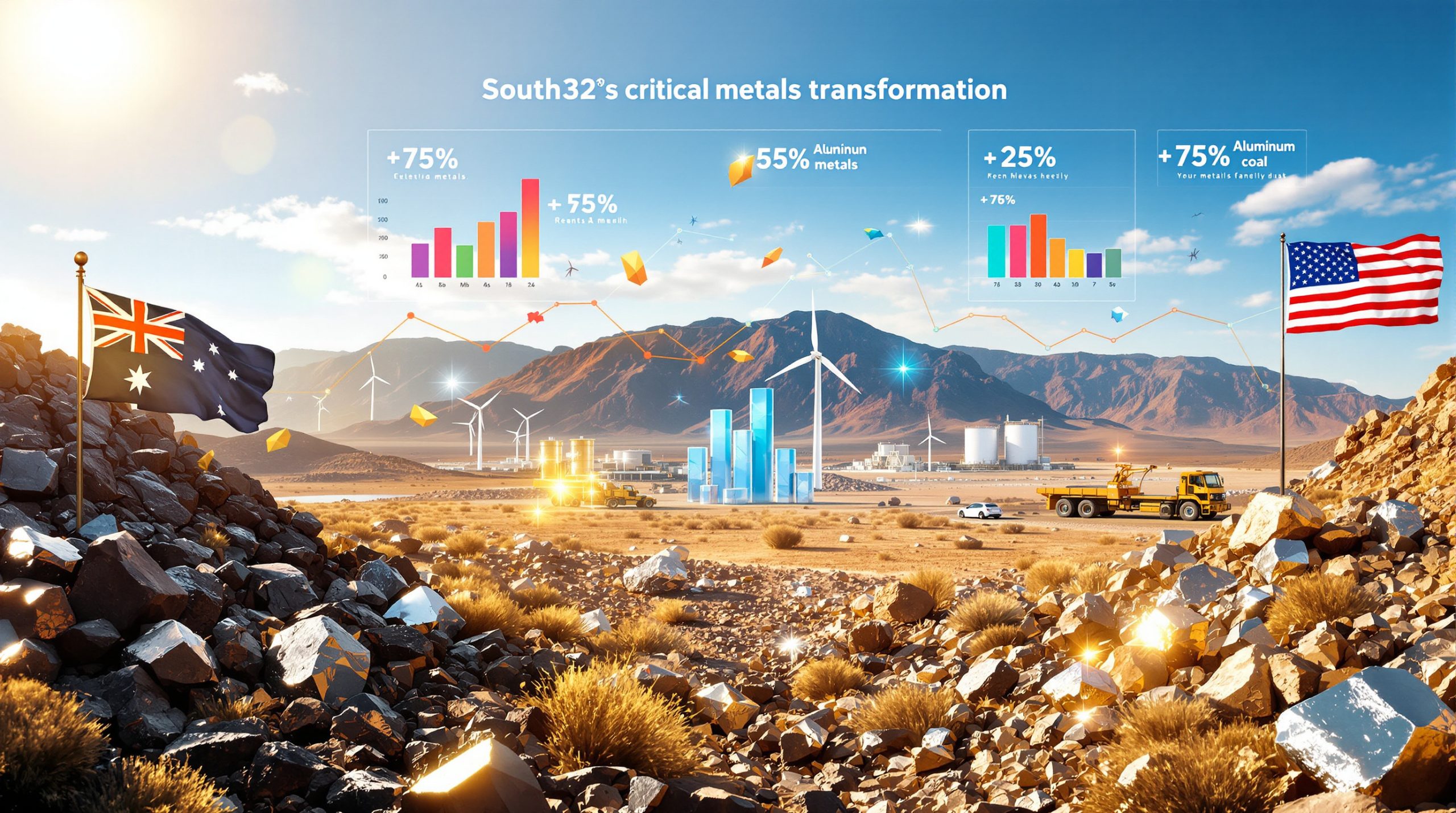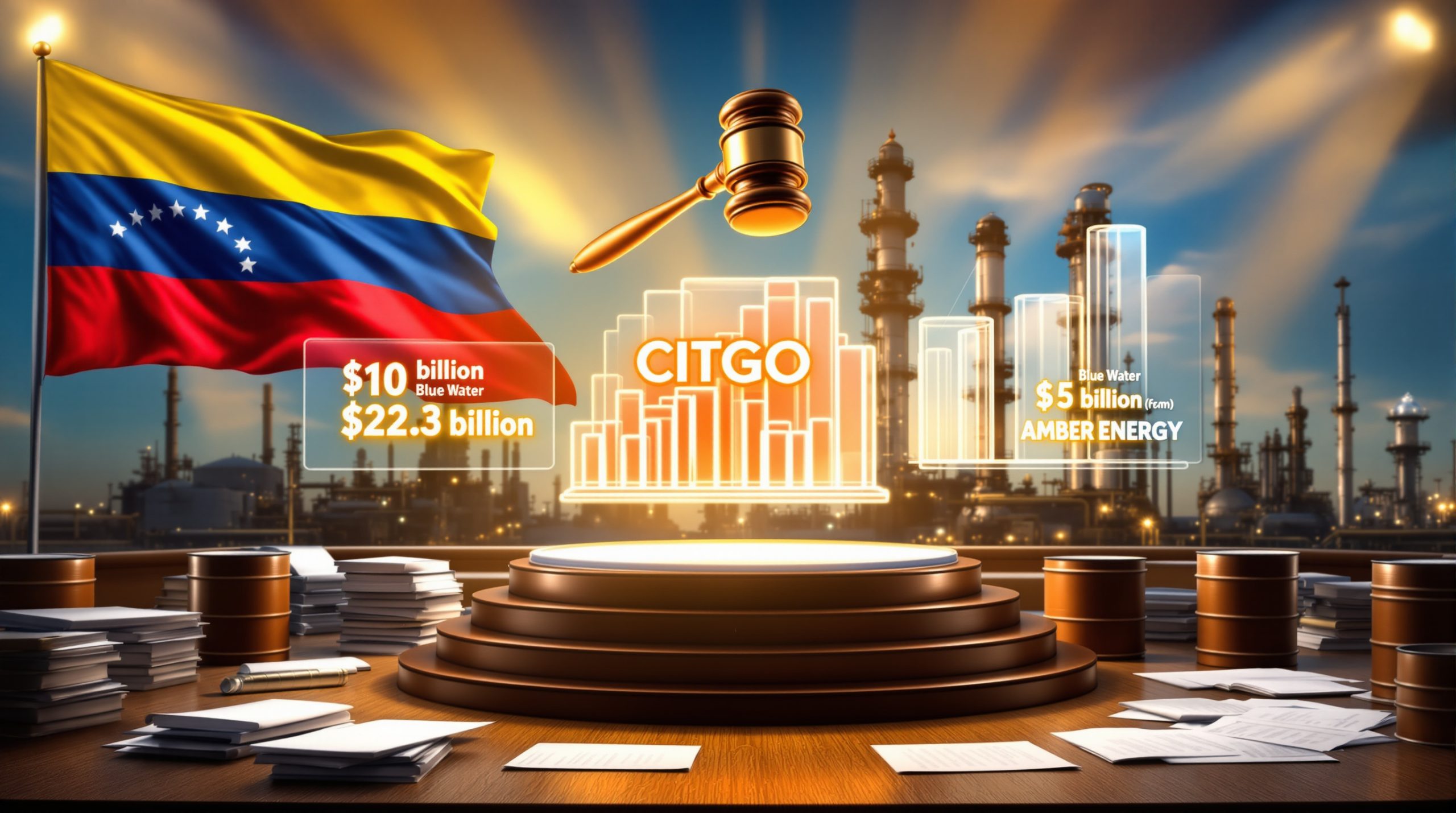China's Copper Ore and Concentrate Imports: Analysis of Recent Trends and Key Suppliers
China's copper ore and concentrate imports continue to demonstrate a complex pattern of growth and fluctuation, reflecting both seasonal dynamics and long-term strategic initiatives. Recent data from the General Administration of Customs reveals significant insights into the world's largest copper consumer's import strategies and supplier relationships.
May 2025 Import Overview
The latest customs data shows that China imported 2,395,244.302 metric tons of copper ore and concentrate in May 2025, representing a 6.61% increase compared to the same month in 2024. However, this figure marks a substantial 17.55% decrease from April 2025, illustrating the typical seasonal fluctuations in China's copper procurement patterns.
This monthly decline aligns with historical patterns where second-quarter imports often decrease due to scheduled maintenance at major Chinese smelters. According to Shanghai Metal Market (SMM) analysts, many copper processing facilities conduct annual maintenance during this period, temporarily reducing their concentrate requirements.
"While monthly fluctuations reflect maintenance schedules and inventory management, the consistent year-over-year growth demonstrates China's expanding smelting capacity and strategic stockpiling efforts." — SMM Copper Market Analysis, June 2025
Despite the monthly decrease, the year-on-year growth reinforces China's increasing reliance on imported copper concentrates to feed its expanding smelting industry, which continues to outpace domestic mining production.
Historical Import Pattern Analysis
China's copper concentrate imports follow predictable seasonal patterns that have become more pronounced in recent years:
- Q1 (Jan-Mar): Typically strong as smelters build inventory after Lunar New Year
- Q2 (Apr-Jun): Often sees a decline due to maintenance schedules
- Q3 (Jul-Sep): Usually recovers as production ramps up post-maintenance
- Q4 (Oct-Dec): Generally strongest quarter as facilities maximize production before year-end
Year-to-date import volumes for 2025 (January through May) total approximately 13.7 million metric tons, representing a 5.8% increase over the same period in 2024. This growth trajectory aligns with China's 14th Five-Year Plan objectives for metals processing expansion.
| Month | 2025 Volume (mt) | 2024 Volume (mt) | YoY Change (%) |
|---|---|---|---|
| May | 2,395,244.302 | 2,246,732.000 | +6.61% |
| April | 2,905,000.000* | 2,700,000.000* | +7.59%* |
| March | 2,800,000.000* | 2,650,000.000* | +5.66%* |
| February | 2,650,000.000* | 2,520,000.000* | +5.16%* |
| January | 2,950,000.000* | 2,780,000.000* | +6.12%* |
*Estimated figures based on trend analysis and preliminary customs data
The consistent year-over-year increases reflect structural changes in global copper supply chains, with China securing larger volumes through both spot purchases and long-term contracts despite global copper supply forecast tightness.
Who Are China's Primary Copper Concentrate Suppliers?
China's copper ore and concentrate imports market remains dominated by two Latin American mining powerhouses, though their trajectories have diverged significantly in recent months.
Chile: The Dominant Supplier
Chile maintained its position as China's primary copper concentrate supplier in May 2025, shipping 731,341.732 metric tons to Chinese ports. This represents:
- 30.5% of China's total copper concentrate imports
- A substantial 26.09% increase year-over-year
- A 12.07% decrease month-over-month
Chile's strengthening position can be attributed to several factors:
- Production expansion: Codelco's investments in mine modernization have increased output capacity
- Preferential agreements: Long-term contracts with fixed pricing mechanisms benefit both parties
- Grade advantage: Chilean concentrates generally contain higher copper content (28-32%)
- Processing compatibility: Lower impurity levels (particularly arsenic) suit Chinese smelter specifications
The state-owned mining company Codelco has successfully ramped up production at its Ministro Hales and Chuquicamata operations, while private producers like Antofagasta PLC have reported improved operational efficiency at their Los Pelambres mine.
Peru: The Secondary Source
Peru's position as China's second-largest copper concentrate supplier has weakened in May 2025, with imports totaling 618,770.59 metric tons. This represents:
- 25.8% of China's total copper concentrate imports
- An 11.99% decrease year-over-year
- A substantial 21.36% decrease month-over-month
Peru's declining export volumes reflect persistent challenges:
- Social unrest: Community protests at major mines (including Las Bambas) have disrupted operations
- Political instability: Regulatory uncertainty has delayed investment in capacity expansion
- Logistical bottlenecks: Transportation infrastructure limitations affect export capacity
- Weather disruptions: Unusually heavy rainfall in Q1 2025 affected mining operations
The Las Bambas mine, operated by MMG Ltd and accounting for nearly 2% of global copper supply, faced a 15-day shutdown in April 2025 due to community blockades, significantly impacting Peru's export capabilities.
Other Key Suppliers
While Chile and Peru collectively account for 56.3% of China's copper concentrate imports, diversification efforts have expanded the supplier base:
| Country | Import Volume (mt) | Share (%) | YoY Change (%) | Key Characteristics |
|---|---|---|---|---|
| Australia | 242,000* | 10.1%* | +14.2%* | High-grade, low impurities |
| Mongolia | 188,000* | 7.8%* | +22.5%* | Proximity advantage, Oyu Tolgoi expansion |
| Mexico | 163,000* | 6.8%* | +8.3%* | Growing production, competitive pricing |
| Kazakhstan | 112,000* | 4.7%* | +18.1%* | Belt and Road Initiative beneficiary |
| Canada | 96,000* | 4.0%* | -3.2%* | Premium grades, consistent quality |
| Others | 244,131.980* | 10.2%* | Varied | Emerging African sources gaining share |
*Estimated figures based on historical patterns and industry analysis
Mongolia has emerged as a particularly important growth source due to the continuing expansion of the Oyu Tolgoi mine, with imports growing over 22% year-over-year. This reflects China's strategy of developing nearby resources with shorter supply chains.
How Do Geopolitical Factors Impact China's Copper Concentrate Supply?
Geopolitical considerations increasingly influence China's copper concentrate procurement strategies, with supply security becoming a paramount concern.
Trade Relationship Dynamics
China's copper ore and concentrate imports are significantly affected by evolving international trade relationships:
-
Chile-China relations have strengthened through the upgraded Free Trade Agreement implemented in 2023, reducing tariffs on mineral imports and facilitating investment flows.
-
Peru-China cooperation includes significant Chinese investment in Peruvian mining operations, though recent political instability has created uncertainties.
-
Western tensions have prompted increased focus on diversification, with China reducing dependency on suppliers vulnerable to Western-aligned trade policies.
-
Regional trade agreements, particularly the Regional Comprehensive Economic Partnership (RCEP), have facilitated copper concentrate trade with Australia and Southeast Asian nations.
The Chinese government has designated copper as a "strategic metal" in its 2025 Critical Minerals Strategy, highlighting its importance to industrial policy and national security objectives. Furthermore, the trade war impact on copper has made diversification of supply sources even more crucial.
Supply Chain Resilience Strategies
China has implemented multi-faceted strategies to ensure consistent copper concentrate access:
-
Direct investment in foreign mines: Chinese companies have invested over $15 billion in overseas copper mining assets since 2020, securing off-take agreements that prioritize Chinese smelters.
-
Development of alternative sources: Increased focus on emerging producers in Africa (DRC, Zambia) and Central Asia (Kazakhstan, Uzbekistan) through Belt and Road Initiative partnerships.
-
Strategic stockpiling: State Reserve Bureau has expanded copper concentrate storage capacity by approximately 35% since 2022.
-
Long-term supply contracts: Chinese smelters have increased the proportion of concentrate secured through 3-5 year contracts rather than spot purchases.
-
Technology transfers: Providing advanced mining technologies to partner countries in exchange for preferential supply arrangements.
"China's approach to copper concentrate procurement has evolved from purely commercial considerations to a sophisticated strategy integrating economic, diplomatic, and security objectives." — Asia Metals Intelligence Quarterly Report, Q2 2025
These strategies have proven effective at mitigating supply disruptions, even during periods of global market tightness.
What Is the Relationship Between Imports and Domestic Production?
China's reliance on imported copper concentrates stems from the significant gap between domestic mining capacity and refining/manufacturing demand.
Domestic Production Capacity
China's domestic copper mining sector faces structural limitations:
- Current production: Approximately 1.85 million metric tons of contained copper in concentrate annually (2024 data)
- Consumption requirements: Over 14 million metric tons of refined copper annually
- Production constraints: Declining ore grades (averaging 0.6-0.8% Cu vs. global average of 1.2-1.5%)
- Resource limitations: Most accessible high-grade deposits already in production
Despite efforts to expand domestic production, including the recent development of the Qulong mine in Tibet (China's largest copper mine with 10 million tons of ore processing capacity), domestic supply meets less than 20% of demand.
The National Development and Reform Commission's latest Five-Year Plan targets increasing domestic copper concentrate production to 2.1 million tons by 2026, but this would still address only a fraction of total demand.
Processing Industry Dynamics
China's copper processing sector has expanded dramatically, creating increased dependency on imported concentrates:
- Smelting capacity: Approximately 10 million tons of refined copper annually as of 2025
- Capacity utilization: Typically 85-92%, depending on concentrate availability and TC/RC rates
- Regional concentration: Major smelting hubs in Jiangxi, Yunnan, and Shandong provinces
- Technological advantages: World-leading flash smelting and electrorefining technologies
Environmental regulations have significantly impacted the processing sector, with the Ministry of Ecology and Environment's "Blue Sky" initiative imposing stricter emissions standards. This has accelerated the closure of smaller, less efficient smelters while encouraging consolidation around larger, more technologically advanced facilities.
The transition toward electric vehicles and renewable energy infrastructure has further increased domestic demand for refined copper, widening the gap between domestic concentrate production and processing requirements. This surging copper demand has forced China to rely heavily on imports.
How Do Copper Concentrate Imports Reflect China's Economic Activity?
Copper is often referred to as "Dr. Copper" for its ability to diagnose economic conditions, and China's import patterns provide significant insights into broader economic trends.
Industrial Demand Indicators
Copper concentrate imports correlate strongly with several industrial sectors:
-
Construction sector: Accounts for approximately 28% of China's copper consumption, with residential construction activity directly influencing demand.
-
Power infrastructure: Grid upgrades and expansion represent about 23% of copper usage, with the State Grid Corporation's investment plans closely tracking copper imports.
-
Manufacturing: Consumer electronics, appliances, and machinery production consume roughly 20% of China's copper, with export orders influencing procurement.
-
Transportation: Electric vehicle production has emerged as a major growth driver, with each EV requiring 2-4 times more copper than conventional vehicles.
Recent data shows particularly strong correlation between copper concentrate imports and the manufacturing Purchasing Managers' Index (PMI), with a typical 2-3 month lead time between PMI changes and corresponding shifts in import volumes.
Economic Growth Signals
As a leading economic indicator, copper concentrate import trends provide valuable insights:
- GDP correlation: A 1% increase in China's GDP historically corresponds to a 1.2-1.5% increase in copper demand
- Stimulus impact: Infrastructure-focused stimulus measures typically boost copper imports within 4-6 months
- Regional variations: Coastal provinces show stronger correlation between economic activity and copper demand
- Urbanization effects: Each 1% increase in urbanization rate drives approximately 2.3% increase in copper consumption
The current 6.61% year-over-year increase in May imports aligns with China's 2025 GDP growth target of 5.0-5.5%, suggesting the economy is performing in line with government projections despite property sector challenges.
What Are the Market Implications of Current Import Trends?
China's copper concentrate import patterns have significant implications for global copper markets, influencing both pricing and supply-demand dynamics.
Price Impact Analysis
Current import trends affect copper prices through multiple mechanisms:
-
Global benchmark influence: China's import volumes directly impact LME and SHFE copper prices, with the May 2025 import decline contributing to a 2.3% price increase due to perceived tightness.
-
TC/RC dynamics: Treatment and refining charges (TC/RC) have decreased from $85/8.5 cents per ton/pound in January 2025 to $67/6.7 cents in May 2025, reflecting competition for available concentrate.
-
Quality premiums: Grade differentials have widened, with high-grade, low-impurity concentrates commanding premiums of up to $12-15 per ton over benchmark.
-
Arbitrage opportunities: The SHFE-LME price spread has narrowed to approximately $45/ton in May 2025, reducing profitable arbitrage opportunities for traders.
The import pattern suggests a potential supply deficit in H2 2025, which could support copper price prediction above $10,000/ton on the LME, barring significant macroeconomic deterioration.
Future Supply-Demand Balance
Analysis of current trends indicates several developments likely to impact market balance:
-
New mine production: Major projects coming online in 2025-2026 include the Kamoa-Kakula Phase 3 (DRC), Quebrada Blanca 2 (Chile), and Oyu Tolgoi underground expansion (Mongolia), potentially adding 1.2 million tons of concentrate capacity.
-
Chinese smelter expansion: Approximately 1.5 million tons of new smelting capacity is scheduled to come online in China by Q4 2025, increasing concentrate demand.
-
Potential disruptions: Labor negotiations at major Chilean and Peruvian mines in H2 2025 pose supply risks, with analysts estimating 350,000-500,000 tons of potential disruption.
-
Recycling impact: China's copper scrap imports and domestic collection have increased by 8.2% year-to-date, potentially offsetting some concentrate demand.
Industry analysts project China's full-year 2025 copper ore and concentrate imports to reach 28-30 million tons, representing 4-6% growth over 2024, despite the May decline. Investors should consider these trends when evaluating copper investment strategies for the near future.
FAQ: China's Copper Concentrate Import Market
What factors caused the month-over-month decrease in May 2025?
The 17.55% month-over-month decrease in May 2025 copper concentrate imports can be attributed to several factors:
-
Seasonal maintenance: Multiple major Chinese smelters, including Jiangxi Copper and Tongling Nonferrous, scheduled annual maintenance in Q2, temporarily reducing their concentrate requirements.
-
Inventory management: Chinese smelters accumulated substantial inventories in Q1 2025 (estimated at 35-40 days of consumption versus the typical 25-30 days), allowing them to reduce spot purchases.
-
Logistical constraints: Port congestion at major Chilean export terminals in April reduced shipment volumes reaching China in May.
-
Strategic purchasing: Some Chinese buyers temporarily reduced purchases after TC/RC rates declined below $70/ton, preferring to wait for market conditions to improve.
This decrease represents a typical seasonal pattern rather than a structural shift in demand fundamentals.
Why is Chile increasing its market share while Peru's exports decline?
The divergent performance between China's top two copper concentrate suppliers reflects different operational and geopolitical circumstances:
- Chilean production expansion: Chile's state-owned Codelco has successfully implemented its $40 billion, 10-year transformation plan, bringing new production online and optimizing
Ready to Receive Real-Time Alerts on Major ASX Mineral Discoveries?
Stay ahead of the market with Discovery Alert's proprietary Discovery IQ model, delivering instant notifications when significant discoveries are announced on the ASX. Explore our dedicated discoveries page to understand how major mineral finds can generate substantial investment returns.




